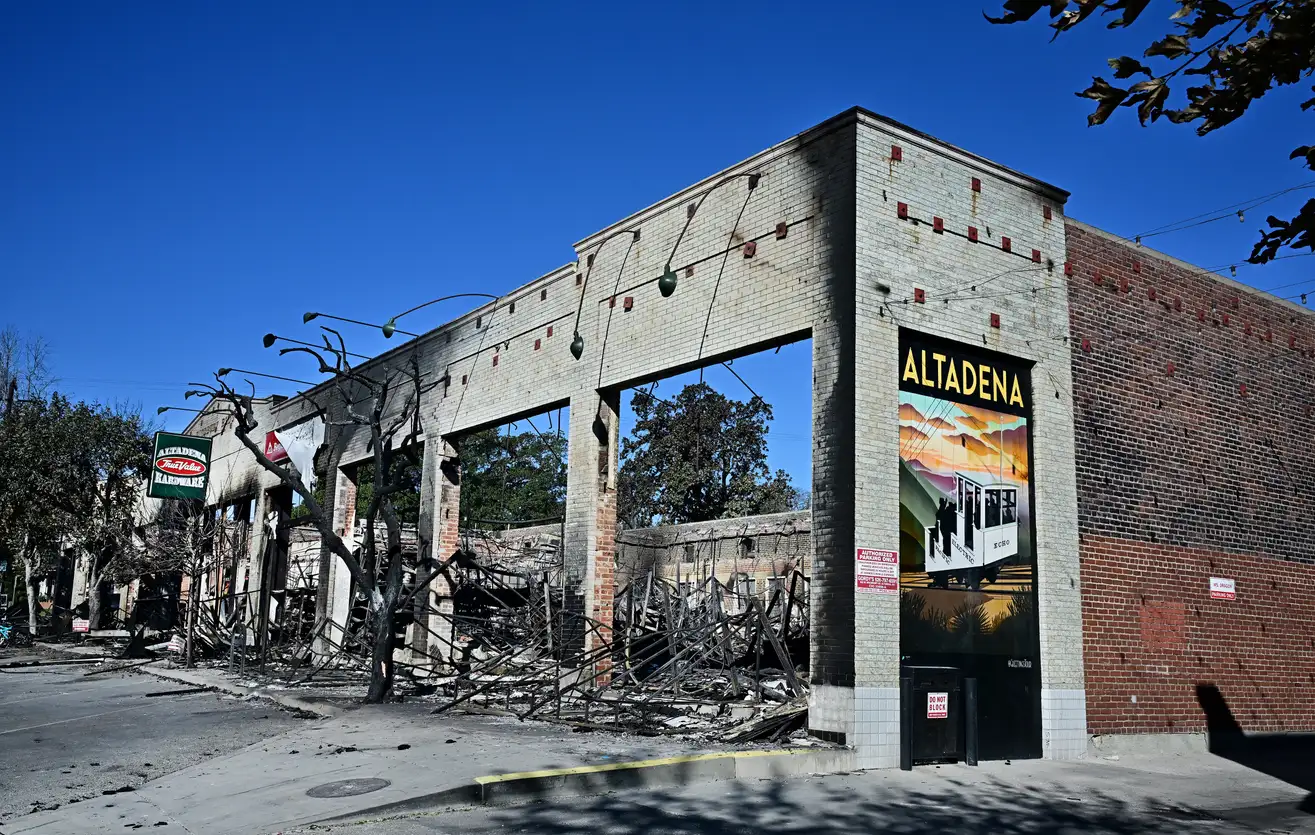Who Sees the Future First? (And Why We Keep Ignoring Them)
The shock many Americans are feeling right now—that the United States may no longer be a functioning democracy—is real. But for Black communities, the erosion of democratic rights follows a pattern we've seen before. We've been naming it.
What feels like collapse to some has felt like continuity to others.
The only surprise is how long it took the center to notice.
The Limits of Traditional Foresight
In mainstream futures work, foresight is often framed as a technical process: models, scenarios, signals, systems maps. For many Black and marginalized communities, foresight has never been optional or theoretical. It's been embodied, rooted in lived experience, inherited wisdom, and the imperative to survive systems designed to overlook or erase us.
Increasingly, that embodied, collective foresight is proving more accurate, resilient, and humane than anything emerging from institutional think tanks.
Take climate change. While governments and corporations scramble to "anticipate" disruption, Black and Indigenous communities have long been building for collapse, from pattern recognition. We know what it means when the infrastructure fails. When the water runs brown. When the sirens don't come. We know what mutual aid looks like because we've had to invent it, generation after generation.
There's a growing sense of shock across institutions and media: How did we get here? For many Black and marginalized communities, this moment feels like confirmation. The most important signals weren't the ones we could measure. They were the ones we were trained to ignore.
In 2025, a wildfire burned through Octavia Butler’s former neighborhood, weeks before the fictional fire she imagined in 1993. Credit: The Root
When the Fire Comes Home
Octavia E. Butler, the Black science fiction writer whose work now reads like prophecy, saw it coming. In Parable of the Sower, published in 1993, she imagined a near-future California ravaged by climate collapse, corporate privatization, and social fragmentation. That future, set in 2024, is now our present.
In January 2025, a fire tore through her former neighborhood in Altadena, California—just weeks before the fictional fires she described in her novel. Butler didn't rely on predictive analytics. She had memory, history, and intuition—tools honed by people who've always had to read the signs. She called her work "histofuturism," a way of seeing the future through the cycles of the past. Ancestral speculation.
And it's what many of us are still doing today.
Flier for the 1972 Black Community Survival Conference. Credit: Smithsonian National Museum of African American History and Culture
What Is Embodied, Collective Foresight?
In Black communities, foresight looks like grandmothers stocking extra food in hurricane season without being told. It looks like neighbors texting each other when the air turns orange. It looks like housing cooperatives forming when eviction rates spike, and food justice networks springing up long before they're fundable.
These are survival strategies. Futures-in-practice, led by people who aren't waiting for permission to imagine.
We call this embodied, collective foresight. It emerges from the body. From the neighborhood. From the kitchen table. It's intergenerational. Intuitive. Often invisible to the metrics that define institutional foresight. Yet it is everywhere: alive in protest chants, WhatsApp groups, water rituals, backyard gardens, and backchannel planning.
Crucially, it does not separate past, present, and future. The trauma is continuous, and so is the care.
Why We Haven't Been Listening
In Black communities, foresight looks like grandmothers stocking extra food in hurricane season without being told. It looks like neighbors texting each other when the air turns orange. It looks like housing cooperatives forming when eviction rates spike, and food justice networks springing up long before they’re fundable.
These aren’t “innovations”, they’re survival strategies. They are futures-in-practice, led by people who aren’t waiting for permission to imagine.
We call this embodied, collective foresight. It emerges not from the boardroom but from the body. It’s intergenerational. Intuitive. Often invisible to the metrics that define institutional foresight. But it is everywhere: alive in protest chants, WhatsApp groups, water rituals, backyard gardens, and backchannel planning.
Crucially, it does not separate past, present, and future. The trauma is continuous, but so is the care.
Hazel Johnson, the mother of the environmental justice movement. Credit: People for Community Recovery
Why We Haven't Been Listening
The systems most responsible for shaping futures—philanthropy, policy, tech, academia—are not designed to recognize the kind of foresight that comes from fear, grief, or gut instinct. When Black women name what's coming, we are told we're emotional. Alarmist. Unrealistic.
Fear is data. Ancestral wisdom is data. Embodied memory is data. Refusal is data.
The truth is: if we had listened to Black women earlier, we might not be here. If we had listened to water protectors. To disabled organizers. To trans organizers. To undocumented storytellers. To aunties with go bags. We might have planned for this moment instead of reacting to it.
Who has been seeing the future all along, and why weren't we listening?
Real foresight demands more than predictive models and polished decks. It requires epistemological humility. A willingness to trust the wisdom that doesn't come from a university lab or corporate R&D budget. A commitment to learning from the communities who have already built futures out of the ashes of collapse.
If foresight is to matter now, it must move beyond trend analysis into deep remembering. It must center the most attuned voices. And it must begin with the people who were never meant to survive, and imagined survival anyway.



